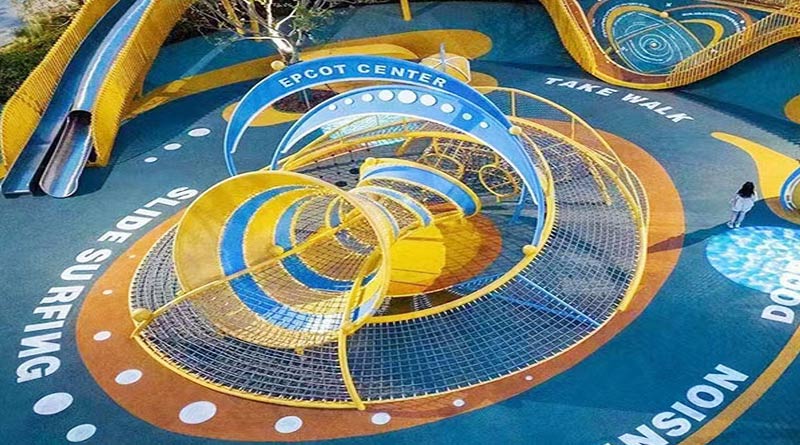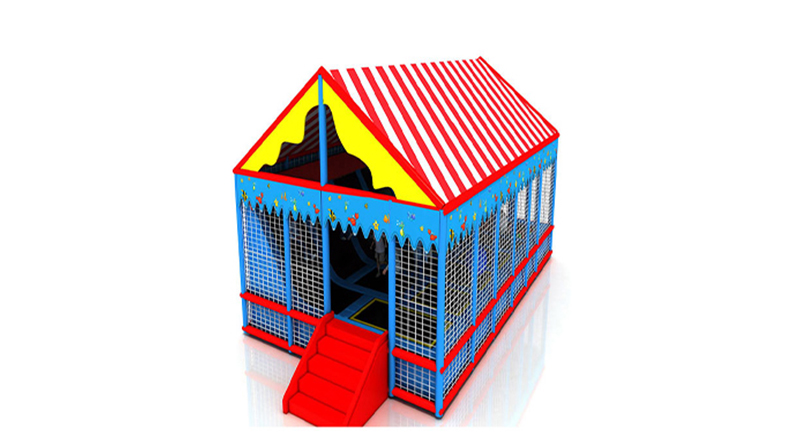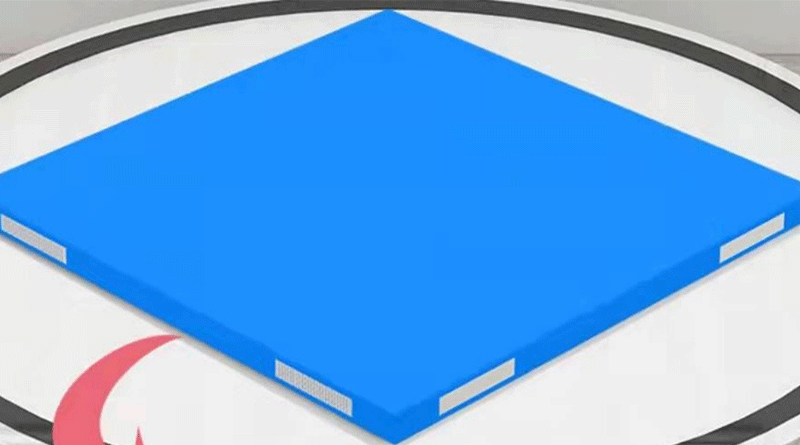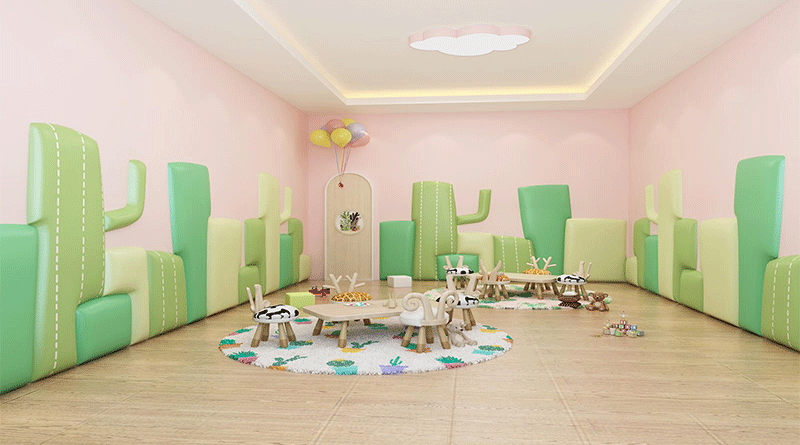What is Indoor Soft Play Equipment?
 Jun 12,2025
Jun 12,2025When it rains continuously or the heat is unbearable, children's desire for outdoor exploration is often restrained. At this time, indoor soft play equipment becomes an ideal carrier for releasing vitality - these fun spaces built with soft materials not only provide children with a safe playing environment, but also help their physical and mental development in a subtle way. What exactly is indoor soft play equipment? How can it meet the growth needs of children through diversified designs? The following is an analysis from the definition, type and value dimensions.
1. The core definition of indoor soft play equipment
Indoor soft play equipment is a modular play system designed for children aged 1-12. It uses high-density foam, environmentally friendly fabrics, flexible plastics and other materials as the base to build a three-dimensional space that is both safe and interactive. Different from traditional hard play facilities, its core advantage is to reduce the risk of falls through cushioning materials, while stimulating children's active exploration desire with bright colors and varied structures (such as tunnels, ramps, climbing nets). This type of facility often appears in parent-child parks, kindergartens or children's areas in commercial complexes, becoming a golden carrier for balancing "safety protection" and "growth experience".
2. Multiple types: full-dimensional design from physical exercise to sensory development
Three-dimensional play structure
As the core of the venue, this type of facility is composed of components such as tunnels, spiral ladders, and suspended bridges in series to form a multi-level exploration network. For example, the 3-meter-high soft castle includes a crawling channel and a viewing platform. Children can exercise their limb strength while climbing and establish orientation cognition through space shuttle.
Fun slide
From single-channel straight slide to spiral double-channel, the form and function of the slide continue to iterate. The classic straight slide is suitable for young children to practice their sense of balance, while the spiral slide stimulates vestibular development through centrifugal force. Some facilities also incorporate sound and light effects, allowing the sliding process to have both visual and auditory experiences.
Fantasy ball pit
The immersive space composed of millions of colorful ocean balls is an excellent training ground for sensory stimulation and limb coordination. In the process of flopping, burying and grabbing, children not only improve their tactile sensitivity, but also cultivate their concentration through interactive games such as "treasure hunt games".
Climbing Frames
The soft climbing wall, PE board climbing frame and fiberglass frame each have their own focus: the soft wall is suitable for beginners to practice grasping, and the PE board structure enhances friction through concave and convex textures. It is worth noting that climbing facilities over 4 meters need to be equipped with an automatic protection system to eliminate safety hazards from the design end.
Sensory Play Areas
This is a combination of "tactile museum" and "cognitive laboratory": the interactive wall with gears allows children to explore mechanical principles through rotation, the plush mat that makes sound transforms footsteps into musical notes, and the olfactory station stimulates sensory linkage with natural fragrances such as lavender and citrus.
Little Town
The miniature supermarket, post office and fire station form the stage for role-playing. Children put on "firefighter uniforms" to simulate firefighting, or practice currency transactions in the "supermarket", and develop language expression and social logic through situational substitution.
3. Growth empowerment: multi-dimensional value beyond play
Booster for physical development
Climbing frames exercise large muscle groups, balance beams in obstacle courses strengthen proprioception, and vestibular stimulation when falling on slides helps establish spatial orientation. Data shows that children who continue to contact soft amusement equipment have 30% higher body coordination than their peers.
Incubator for cognitive development
When crossing the maze tunnel, children need to plan routes to solve the problem of "how to reach the end"; the jigsaw puzzles on the sensory wall transform abstract shape cognition into concrete operations. This type of "learning through play" model is easier to stimulate brain neural connections than traditional teaching aids.
Conclusion
The essence of indoor soft play equipment is to protect children's exploration ambitions with gentle boundaries. From tactile awakening to social enlightenment, every cushion and every arc carries the code of development. As a professional children's space designer said: "A high-quality soft play area should be like a mother's embrace - it has both an inclusive sense of security and an 'elastic boundary' that encourages exploration." The customized design and safety installation services provided by brands such as Dreamland Playground make this growth protection more professional and warm. When children laugh and run in the soft castle, they gain not only the happiness of the moment, but also the solid foundation for future growth.








